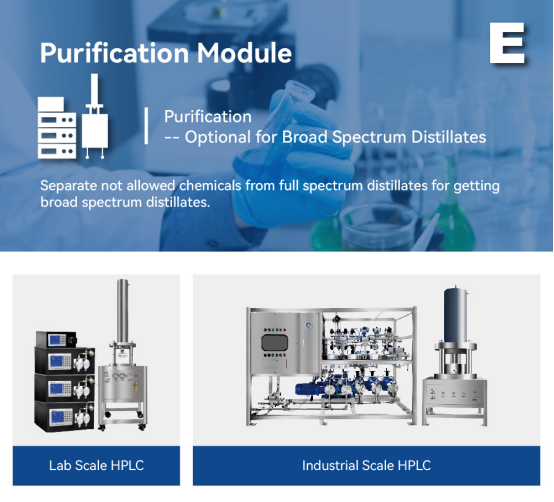Ако следите някои трендове в здравето и благополучието, изглежда, че канабидиолът (CBD) е навсякъде тези дни. Показва се в лате, желеени меденица, закуски за кучета и дори в чизбургери, всички по време на които се предлагат като вид излекуване...
Споделяне
Ако следите някои трендове в здравето и благополучието, изглежда, че канабидиолът (CBD) е напълно навсякъде тези дни. Появява се в латете, желеени меденки, сладки за кучета, а дори и в чизбургери, при това представен като универсално лекарство за всички заболявания. Но какво точно е? Е ли всичко хип? Какво прави всъщност?
Оказва се, че има доста хип и преувеличения, но съществуват и доста твърди доказателства, че Канабидиолът (CBD) може да помогне при доста условия. Така че, без повече разговори, нека разгледаме какво точно е CBD и как работи, главно чрез взаимодействията му с ендоканабиноидната система (ECS) и състояние на баланс, наречено хомеостазис.
КАКВО Е КАНАБИС ДИСТИЛАТ?
Канабисът днес е навсякъде. Броят на продуктите, предлагани както за медицинско, така и за рекреационно използване, е просто невероятен. Те също стават все по-чисти и по-могъщи. За момент си помислете: какъв би бил окончателният продукт от канабис? Е, научниците и производителите на канабис търсат начин да концентрират най-високите niveла на канабиноиди, за да произведат нещо, което може да отговаря на това описание.
Тук се включва канабисовата дистилат. Това е последната стъпка в общия процес на екстракция/очистка, който води до безмразов, безвкусен и вискозен масленик, който може да отговори на почти всеки вид медицински или рекреационни нужди. Ако крайният продукт има висока концентрация на ТХЦ, то тогава също може да се нарича ТХЦ дистилат.
CBD ДИСТИЛАТИ И ИЗОЛАТИ
РАБОТЕН ПРОЦЕС







